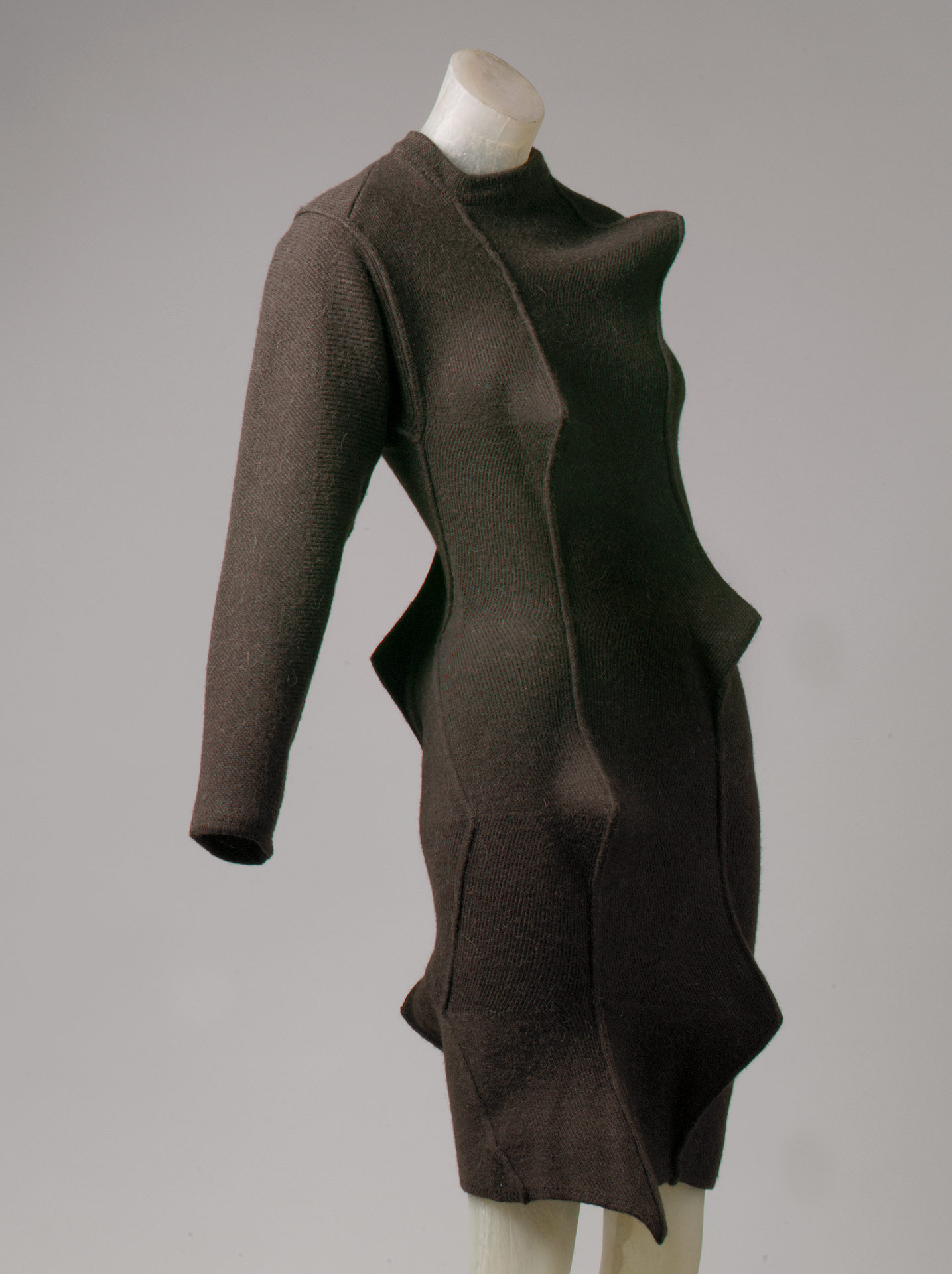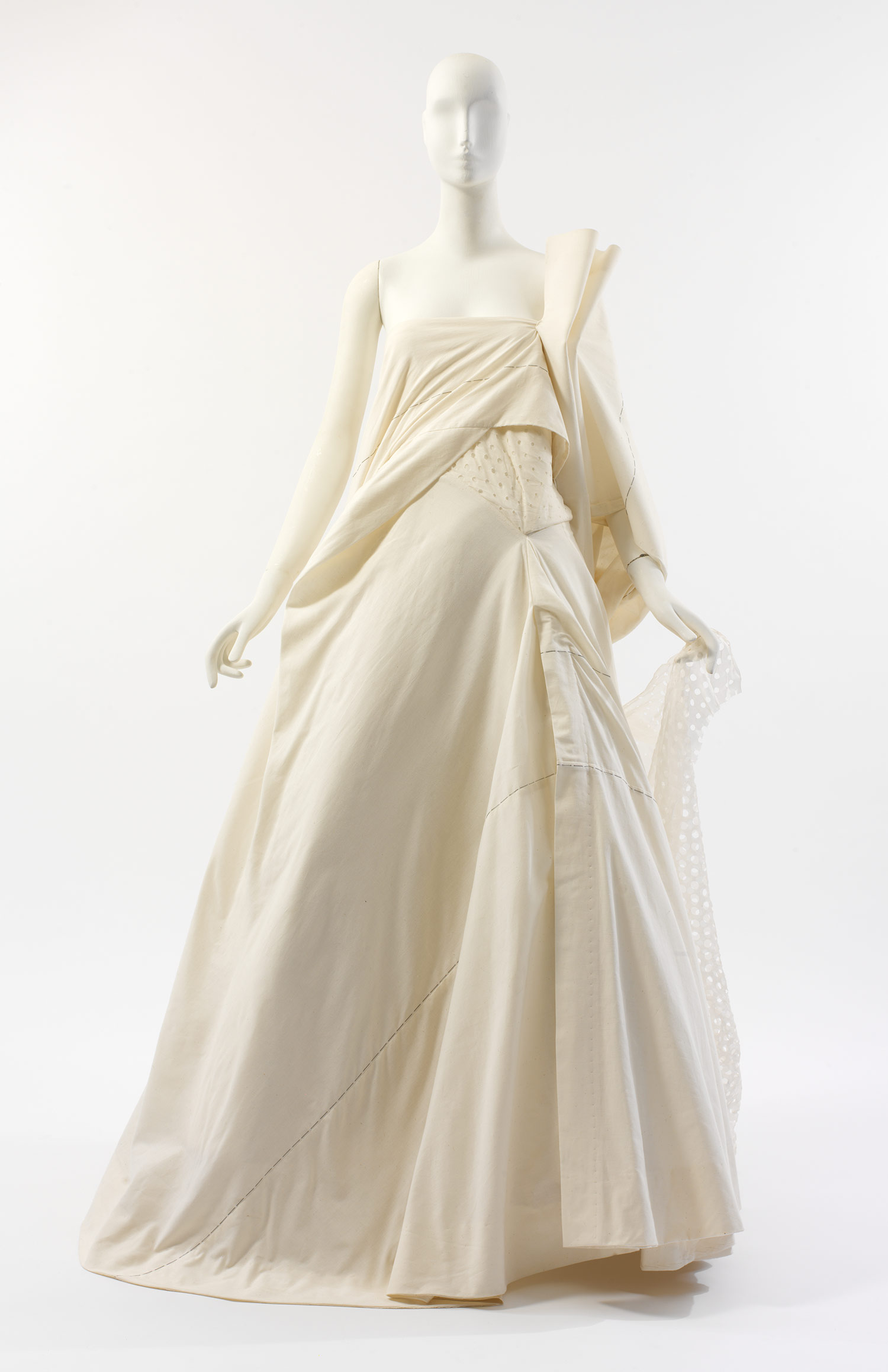Last year (2009) an estimated 400,000 teens had some form of cosmetic procedure, and an estimated 210,000 elective plastic surgeries!
The most common procedure among teenagers is breast enhancement and often the surgery is given as a "gift" to the teen for Christmas, her birthday or even graduation. Many of these teens have mothers who have had a breast enhancement procedure prior and feel it is ok for their teenage daughters to have them. Many of these teens are 16 or 17, but some are younger.
Most teens who start with plastic surgery at a young age, continue on to nose jobs, eye lips, ear tucks, liposuction and many others. Parents defend these decisions by stating that they would rather have the teen discuss the issues with them and be involved in the decision-making process.
Interestingly, the American Society of Plastic Surgeons (ASPS) reports a difference in the reasons teens give for having plastic surgery and the reasons adults do: Teens view plastic surgery as a way to fit in and look acceptable to friends and peers. Adults, on the other hand, frequently see plastic surgery as a way to stand out from the crowd.
The number of teens who choose to get plastic surgery is on the rise. According to the ASPS, over 333,000 people 18 years and younger had plastic surgery in 2005, up from about 306,000 in 2000. In a recent study done by the ASAPS (American Society for Aesthetic Plastic Surgery), it was found that 18-24 year-olds of both genders were the highest rated group for approving of cosmetic surgery. The president of the ASAPS, Dr. Scott Spear, believes it’s because of the lowering costs and increasing social acceptability of talking openly about cosmetic surgery. Procedures that were once thought to be only possible for the wealthy is now becoming available for the common person.
At what age is too young? For decades, plastic surgery for teenage girls meant one thing -- a nose job, frequently performed during the summer between high school and college. While rhinoplasty remains the most common cosmetic operation for teenagers, doctors are performing an increasing number of procedures such as breast implants, liposuction and tummy tucks on young women and even girls as young as 14.
With the increase in cosmetic surgery among celebrities and the growing pressure among teenagers in an image-driven world, teens are more conscientious about their looks than ever and feel pressure to conform to the ideals set by society.
While some might understand the pressures, around the world, this is going to extremes. Australian teens are rushing to other countries for cosmetic surgery in an attempt to "reclaim" their youth, Australia's Herald Sun reports.
One 18-year-old single mother, Ambah Young, plans to head to Malaysia to have a tummy tuck, breast augmentation and a "designer" vagina procedure, according to the Herald Sun.
Approximately 400 Australians travel to Malaysia each year through Gorgeous Getaways, a group that books "cosmetic surgery holidays," and 80 percent of these individuals undergo two or more procedures, according to the report.
In the US, the most common cosmetic procedures among teens are:
- · Rhinoplasty- 34,994 were performed on teens in 2009
- · Ear pinning or an otoplasty- 7,909 procedures were done
- · Breast Implants - more than 8000 surgeries
- · Dermabrasion and Laser Resurfacing- Last year 9,563 microabrasions were done
- · Liposuction procedures- 3,179 were performed
- · Facial plastic surgery for eyelidswhich was performed 1,892 times
 I just have to wonder what we are teaching teens in the home? What kind of values are being perpetuated from mother to daughter and what mother would encourage her daughter to have breast implants at 17 years of age?
I just have to wonder what we are teaching teens in the home? What kind of values are being perpetuated from mother to daughter and what mother would encourage her daughter to have breast implants at 17 years of age?
















